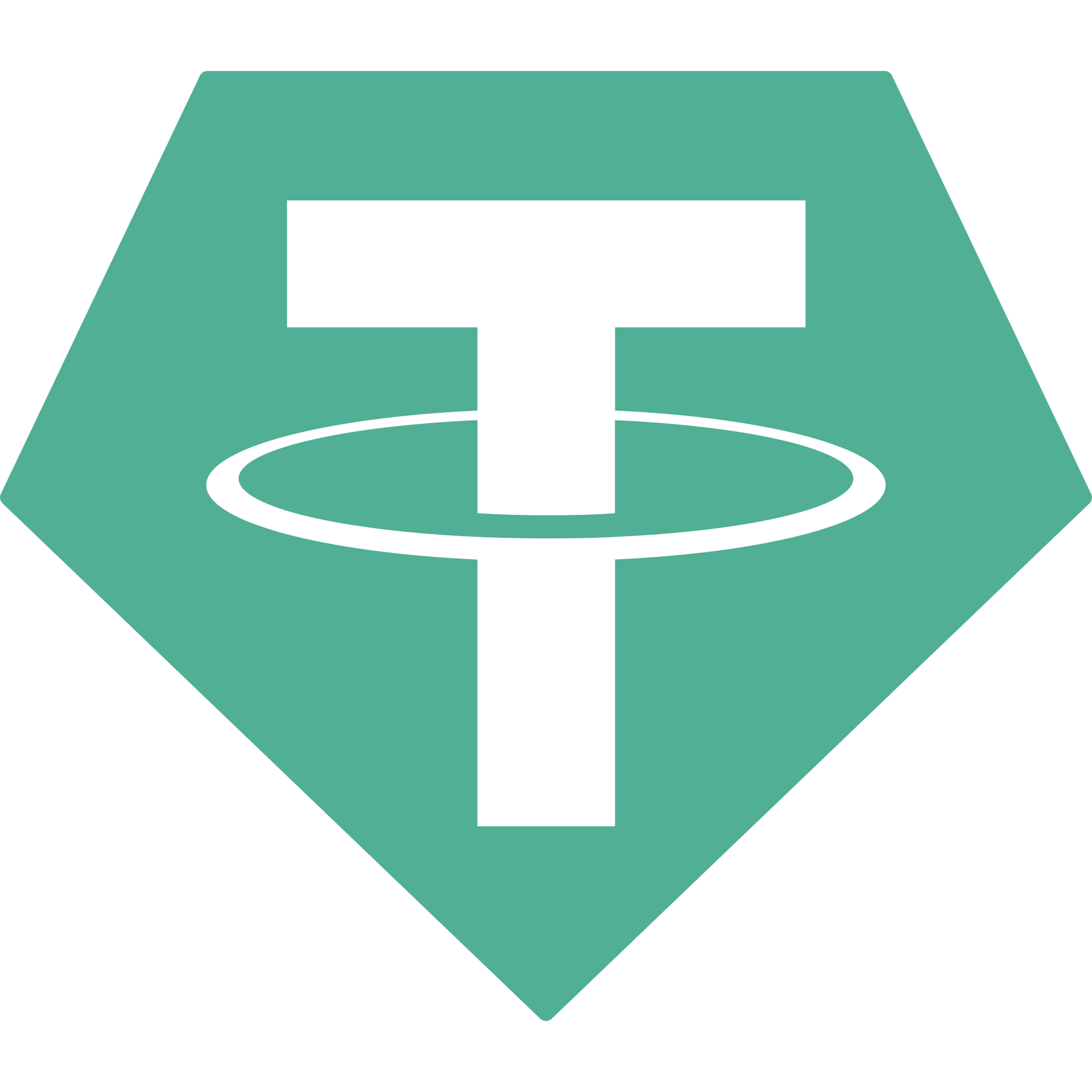Why Full-Stack AI Companies Are the Next Frontier for Venture Capital
1 Vertical Control Beats Point Solutions
Full-stack AI firms ingest raw data, train proprietary models, and own the execution rails—payments, logistics, or compliance—within one codebase. Eliminating hand-offs compresses margin stacks and accelerates iteration. Sequoia’s 2025 AI index shows these players slashing feature-shipping lead-time by 64 % over API-only peers across 200 benchmarked start-ups—evidence that ownership of the vertical translates directly into product velocity.
2 Speed at Scale: A Quantified Edge
Speed drives balance-sheet leverage. Stripe Climate’s dataset reveals AI invoice-financing platforms with end-to-end control settle payments in six hours, whereas legacy fintech averages five banking days. Each day shaved frees working capital, lifting customer volume 18 % quarter-on-quarter. Velocity compounds: revenues scale faster than headcount, pushing burn multiples well below the venture “rule of 40” threshold sooner than traditional SaaS rivals.
3 Data Moats & Retention Flywheels
Every user interaction loops back into training sets, expanding moats exponentially. Private research by Sequoia finds full-stack AI companies boosting model F1 scores three times faster than API-centric peers. As model quality rises, churn falls; Snowflake telemetry pegs net revenue retention at 155 % for AI marketplaces, outclassing the 105 % SaaS standard and locking in lifetime value at record levels.
4 Superior Unit Economics
API products absorb third-party inference fees, but integrated players amortise compute across reserved GPU clusters, driving gross margin north of 70 %. Distillation and quantisation bend variable costs lower each quarter. When funding tightens, this margin cushion means the difference between down rounds and cash-flow break-even—parameters any prudent VC should monitor closely.
5 Automated Go-to-Market Shrinks CAC
Modern growth stacks automate copywriting, ad placement, and customer success. Y-Combinator’s 2025 winter class shows full-stack AI ventures hitting USD 1 m ARR with a median headcount of seven—half that of comparable SaaS. Marketing spend per dollar booked falls 40 %, courtesy of AI-optimised funnels that refine targeting and route prospect data straight back into risk algorithms.
6 Exit Multiples Reward Integration
| Peer Group (2024) |
Median Forward-ARR Multiple |
| Full-Stack AI Infrastructure |
15.2 × |
| API-Centric AI SaaS |
6.1 × |
| Traditional Horizontal SaaS |
4.8 × |
Scarcity commands premium pricing. Carta secondary data confirm vertically integrated AI firms clearing at double the forward-ARR multiple of API peers, even post-2024 tech repricing. Investors value durable cash flows buttressed by proprietary data and end-to-end control—traits that mitigate dilution risk during scale-up.
7 An Evergreen Demand Curve
Automation, risk scoring, and compliance intensify in recessions as businesses hunt efficiency. McKinsey projects generative-AI productivity could add USD 4.4 trn to global GDP annually. Firms owning ingestion, reasoning, and actuation layers stand positioned to harvest that surplus, giving VCs counter-cyclical exposure unmatched by cyclical ad-tech or consumer apps.
Financely embodies this thesis—AI that owns the rails of trade finance end-to-end. See how we compress settlement cycles and surface a new yield frontier.
Explore the Full-Stack Build





